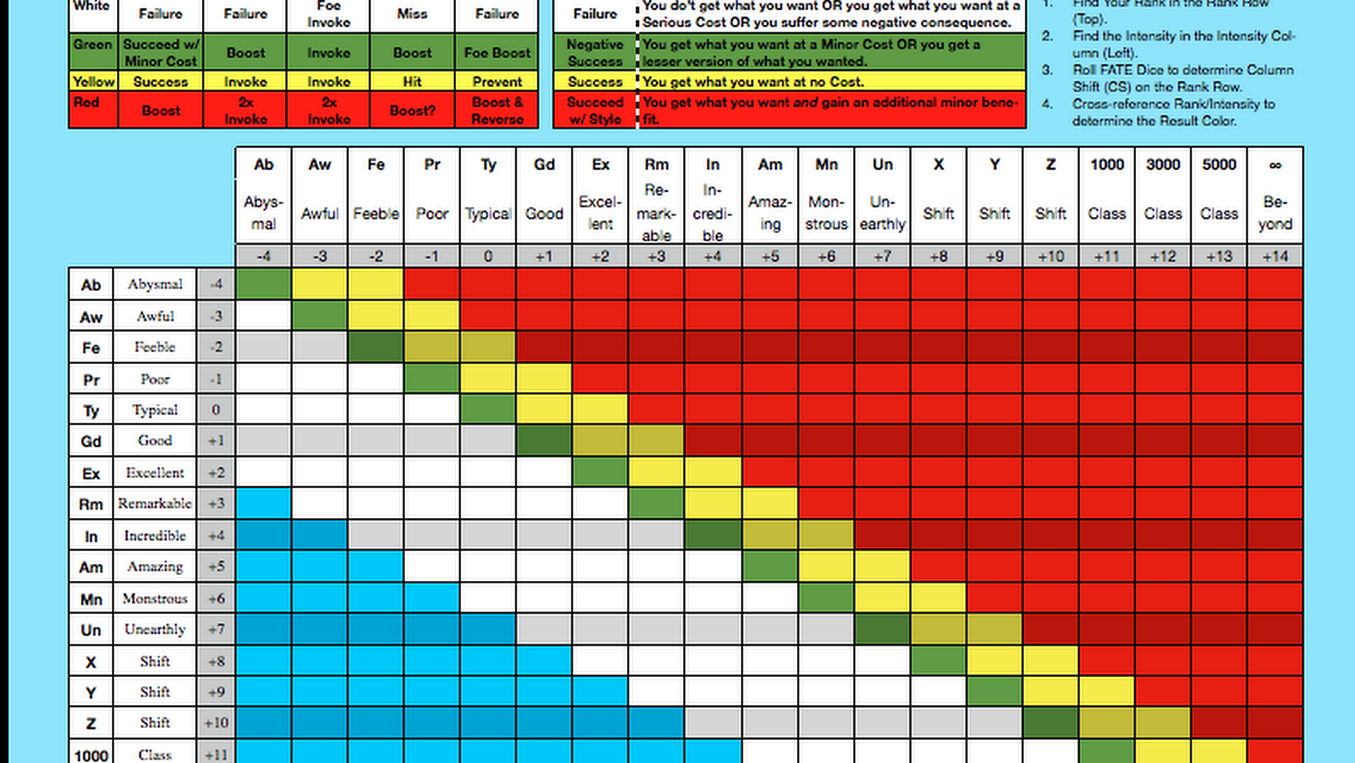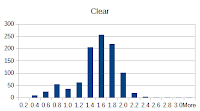Things are tough in ratland when you add in a cat’s killing ability. Maybe we should go James Herbert next and have a rat pack versus a person as a test. Not that those are giant mutant killer rats. Although possible good superhuman testing ground?
Battles: 1101; Sum of rounds: 6336; rodent: 0.0 ± 0.0; feline: 1.01 ± NA; rodent: 0.0 ± 0.0; feline: 1.099 ± NA;
Team rodent = winning battles: 2; perfect battles: 0; close-call battles: 0;
Team feline = winning battles: 1099; perfect battles: 0; close-call battles: 0;
------------------------------------------------- Combattants ------------------------------------------------
Rat: {team=rodent; avg hp=0.005449591280653951 (from 8); avg healing spells left=0.0 (from 0); damage done (per battle average)= 3.6412352406902815; hits/slams/stuns/kills/misses (PBA)= 1.8206176203451407/0.0/0.0/0.0/2.751135331516803; rounds (PBA)=4.572661217075386;}
Cat: {team=feline; avg hp=16.717529518619436 (from 24); avg healing spells left=0.0 (from 0); damage done (per battle average)= 3.997275204359673; hits/slams/stuns/kills/misses (PBA)= 1.9986376021798364/0.0/0.45049954586739327/0.05131698455949137/2.9981834695731155; rounds (PBA)=5.4959128065395095;}
Rat: {team=rodent; avg hp=0.005449591280653951 (from 8); avg healing spells left=0.0 (from 0); damage done (per battle average)= 3.6412352406902815; hits/slams/stuns/kills/misses (PBA)= 1.8206176203451407/0.0/0.0/0.0/2.751135331516803; rounds (PBA)=4.572661217075386;}
Cat: {team=feline; avg hp=16.717529518619436 (from 24); avg healing spells left=0.0 (from 0); damage done (per battle average)= 3.997275204359673; hits/slams/stuns/kills/misses (PBA)= 1.9986376021798364/0.0/0.45049954586739327/0.05131698455949137/2.9981834695731155; rounds (PBA)=5.4959128065395095;}





